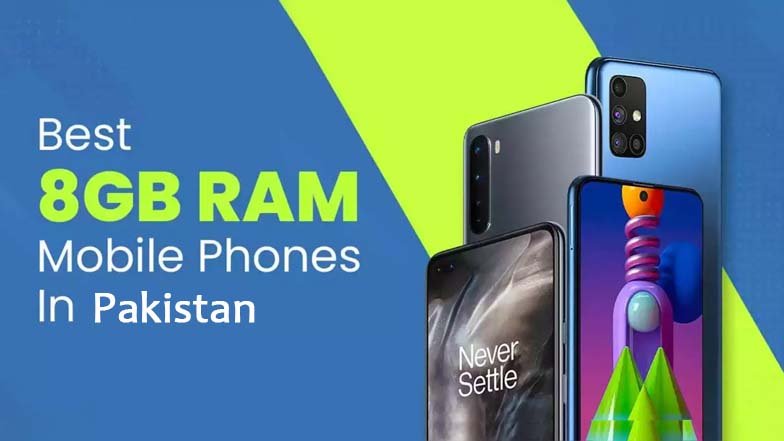5 Tips for Choosing the Perfect Smartphone
1.Assess Your NeedsBefore diving into the sea of smartphone options, take some time to assess your needs and priorities. Consider factors such as your usage patterns, preferred operating system (iOS, Android, etc.), desired screen size, camera requirements, battery life, and budget. Understanding what you need from a smartphone will help you narrow down your options and focus on devices that best meet your requirements.
2.Set a BudgetSetting a budget is crucial when choosing a smartphone, as prices can vary widely depending on brand, specifications, and features. Determine how much you're willing to spend and stick to your budget to avoid overspending. Keep in mind that while flagship devices may offer the latest and greatest features, there are often more budget-friendly options that provide excellent value for money.
3. Research Features and SpecificationsOnce you have a budget in mind, research the features and specifications offered by different smartphones within your price range. Pay attention to factors such as processor speed, RAM, storage capacity, camera quality, display resolution, battery capacity, and connectivity options (5G, Wi-Fi, Bluetooth, etc.). Compare specifications side by side to identify devices that offer the best combination of features for your needs.


Processor Speed: Evaluate the processor speed of each smartphone, as it determines the device's overall performance and responsiveness. Look for smartphones equipped with powerful processors capable of handling multitasking, gaming, and demanding applications smoothly.
RAM: : Consider the amount of RAM (Random Access Memory) available in each smartphone, as it affects the device's multitasking capabilities and overall speed. Opt for smartphones with ample RAM to ensure smooth performance, especially when running multiple apps simultaneously or playing resource-intensive games.
Storage Capacity:Assess the storage capacity of each smartphone to determine how much space you'll have for storing apps, photos, videos, and other files. Choose a smartphone with sufficient storage capacity for your needs, or opt for devices that offer expandable storage options via microSD cards.
Camera Quality: Pay attention to the camera specifications of each smartphone, including the megapixel count, aperture size, and presence of additional features like optical image stabilization (OIS) and night mode. Consider your photography needs and preferences to choose a smartphone with a camera setup that meets your expectations.
Display Resolution: Examine the display resolution of each smartphone to ensure crisp and vibrant visuals when viewing photos, videos, and other content. Look for devices with high-resolution displays and features like HDR (High Dynamic Range) support for an enhanced viewing experience.
Battery Capacity: : Check the battery capacity of each smartphone to estimate how long the device will last on a single charge. Look for smartphones with larger battery capacities if you need all-day battery life, and consider additional features like fast charging and wireless charging for added convenience.
Connectivity Options: Consider the connectivity options available on each smartphone, including 5G, Wi-Fi, Bluetooth, NFC (Near Field Communication), and GPS. Choose a smartphone that offers the connectivity features you need for staying connected, sharing files, and navigating with ease.
Special Features: Explore any additional features or functionalities offered by each smartphone, such as fingerprint sensors, facial recognition, water resistance, and stereo speakers. Identify any features that are important to you and prioritize smartphones that offer them.
Before making a final decision, take the time to read reviews and user feedback for the smartphones you're considering. Look for professional reviews from reputable tech websites as well as user reviews on online retail platforms and social media. Pay attention to both the pros and cons mentioned in reviews to get a comprehensive understanding of each device's performance, reliability, and user experience.
5. Hands-On TestingWhenever possible, visit a physical store to get hands-on experience with the smartphones you're interested in. Spend some time navigating the user interface, testing the camera, and exploring features and functionalities. Pay attention to factors such as build quality, ergonomics, and ease of use to ensure that the device feels comfortable and intuitive in your hands. Additionally, take advantage of any demo units or trial periods offered by retailers to further evaluate the device before making a purchase.




